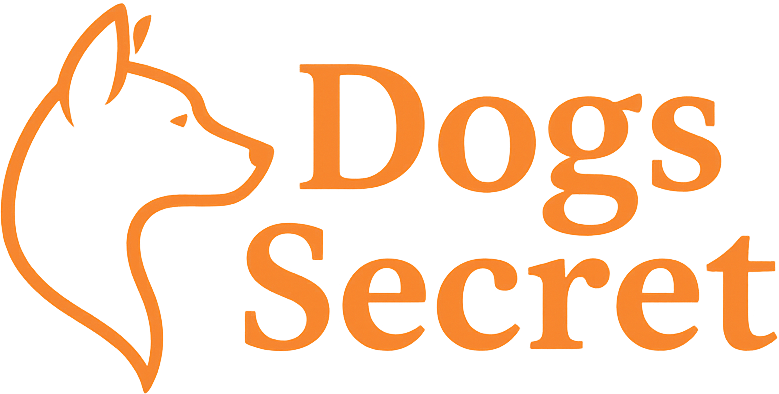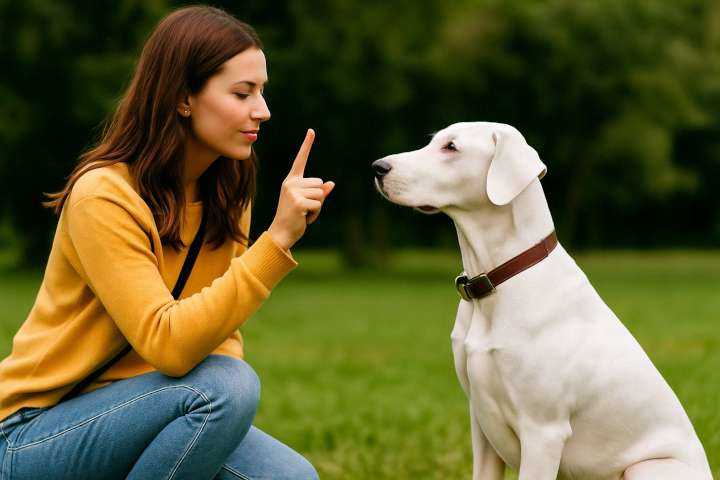Training a deaf dog may seem like a challenge—but with the right tools and mindset, it can be just as successful (and rewarding) as training a hearing dog. Deaf dogs rely on visual cues, body language, and vibration rather than voice commands, making your communication style even more important.
In this guide, you’ll learn how to train a deaf dog using clear visual signals, how to build trust and attention, and what tools can help you connect with your dog effectively—without ever saying a word.
Can Deaf Dogs Be Trained?
Absolutely. Deaf dogs are just as intelligent and capable as hearing dogs. In fact, many deaf dogs excel at training because they focus more on visual cues and form deep bonds with their handlers.
Whether your dog was born deaf (congenital) or lost hearing later in life, visual-based training can create clear communication and strong trust.
Step 1: Gain and Keep Their Attention
Before teaching commands, you need a reliable way to get your dog’s attention without sound.
Techniques that work:
- Light hand wave or arm movement
- Stomping gently on the ground to create vibrations
- Flashlight or click of room light (especially useful indoors)
- Touch or gentle tap on shoulder (only if the dog is comfortable)
- Vibration collars (not shock collars) – used to cue, not punish
Tip: Always reward your dog when they respond to your attention cue!
Step 2: Teach Visual Signals for Commands
Use consistent hand signals for every command—dogs are excellent at reading body language.
Command | Suggested Hand Signal |
|---|---|
Sit | Raise hand palm-upward from waist to chest |
Stay | Open palm held out like a «stop» signal |
Come | Arm extended out, then sweeping in toward chest |
Down | Flat hand, palm down, lowering to the ground |
Good/Yes | Thumbs-up or a quick hand flash |
No | Wagging finger gently (not aggressively) |
Eat | Point to bowl or mimic scooping gesture |
Walk | Point to leash or tap your hip with hand |
You can also create custom gestures—just be consistent every time.
Step 3: Use Marker Signals for “Yes!”
Since you can’t use a clicker or verbal “yes,” use a visual marker to indicate correct behavior instantly.
Options:
- Thumbs-up
- Flashing hand signal
- Small flashlight click
- Gentle nod and immediate treat
This helps your dog associate a specific signal with success and rewards.
Step 4: Train with Positive Reinforcement
Deaf dogs respond extremely well to treats, toys, and touch.
Training tips:
- Keep sessions short (5–10 minutes)
- Reward every small success
- Use gentle praise and calm body language
- End on a positive note
- Repeat commands until they are consistent—dogs need repetition
Don’t forget: Body tension, posture, and eye contact all communicate energy. Keep your signals soft and friendly.
Step 5: Build a “Check-In” Habit
Teach your dog to look at you regularly—this becomes your key to communication.
How to teach it:
- Hold a treat near your face.
- When your dog looks at you, flash your marker signal (like thumbs-up).
- Give the treat.
- Repeat until they start checking in on their own.
Eventually, your dog will begin checking in naturally, even at a distance.
Step 6: Socialization and Safety
Socialization is vital—but needs a little extra care for deaf dogs.
Tips:
- Let others know your dog is deaf (vest, tag, leash)
- Never allow off-leash walks unless in a secure fenced area
- Introduce new people and dogs visually, not through surprise touches
- Avoid waking a deaf dog suddenly—gently tap the bed or blow softly
Training boundaries like “stay,” “watch me,” and “come” are essential for public safety.
Bonus Tools for Deaf Dog Training
- ✅ Vibration collar – to get attention, not correct behavior
- ✅ Bright treat pouch – easy to access and use for reward timing
- ✅ Laser pointer – can be used carefully for redirection indoors
- ✅ Dog tag or collar – clearly marked “I am deaf” for public awareness
Conclusion
Final Thoughts on How to Train a Deaf Dog Using Visual Cues
Training a deaf dog isn’t harder—it’s just different. With patience, visual communication, and clear rewards, you can build an incredible relationship based on trust and understanding. Deaf dogs aren’t limited—they’re just waiting for someone to speak their language.
Want visual signal charts or printable hand signal posters? Visit our Deaf Dog Training Toolkit for step-by-step resources and training plans.

